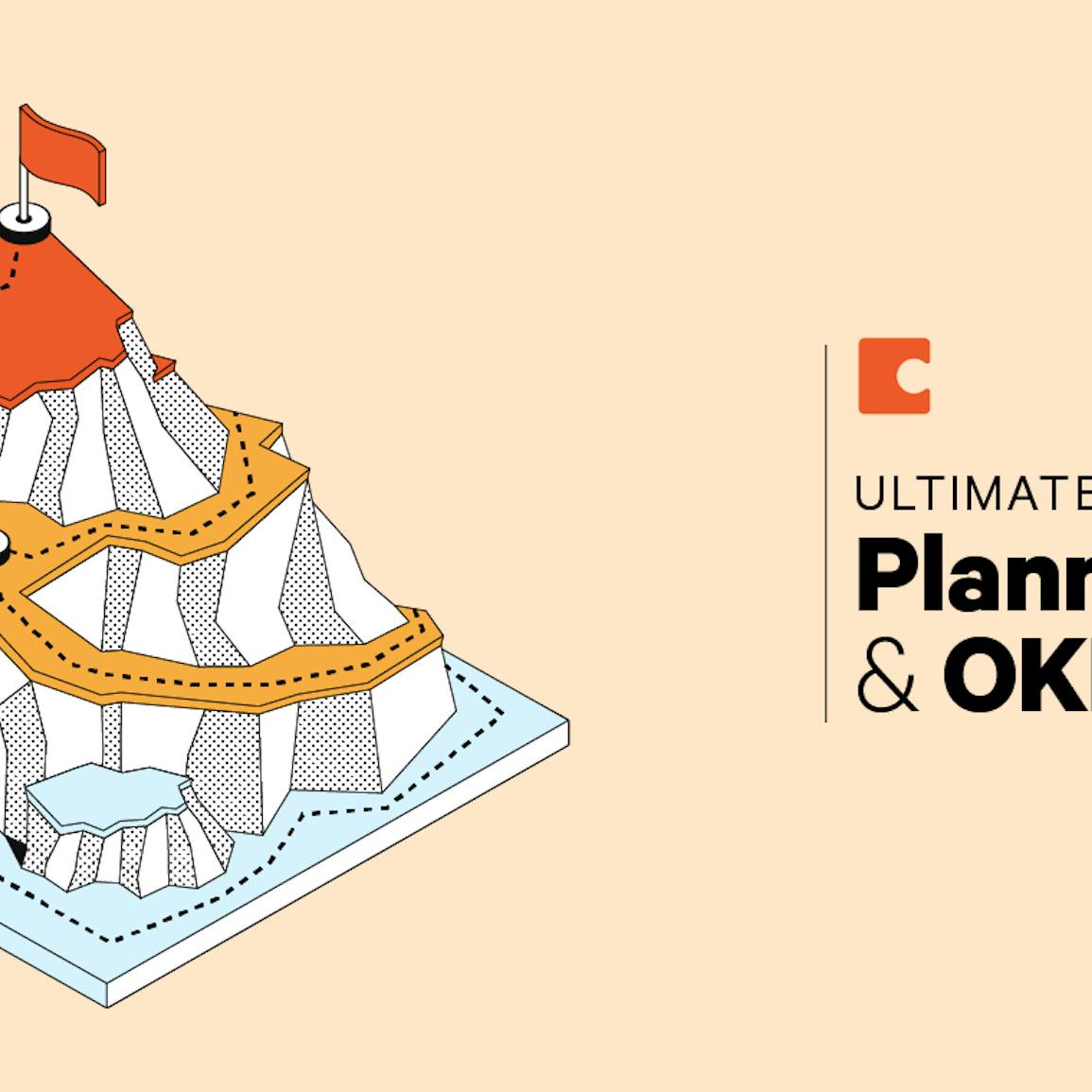 Define the planning output
Define the planning output
How planning dimensions and output are the bedrock of effective and efficient planning.
Planning dimensions and outputs.
1. Altitude: Big rocks, objectives and key results (OKRs), and resource mapping.
Big Rocks
Author
Sentiment
Reflection
Author
Sentiment
Reflection
1

Love this! Such a clear way of thinking about the business. Thank you for putting this together!
2

Curious –– how will we deprecate last year’s bets?
3

There’s all sorts of awesome in this! Still need to figure out the details, but I’m excited!
There are no rows in this table
Objectives and key results (OKRs)
Resource mapping


2. Properties: Attributes assigned to each objective and key result.
Team(s)
Objective
Key Result
Driver
Status
Progress
Writeup
Team(s)
Objective
Key Result
Driver
Status
Progress
Writeup
Product
Redesign user interface
Test the redesigned user interface

Green
000
10Engineering
Integrate AI into core algorithm
Analyze and evaluate current AI algorithms

Green
000
75Complete testing and validation for launch

Yellow
000
30Build dashboards to analyze ongoing performance

Red
000
40
3. Hierarchy: Nested levels of objectives and key results.
4. Connections: Shared and dependent key results.
Shared key results
Dependencies
KR
Driving Team
Partnering Team
Notes
Priority
Acknowledge
Reject
KR
Driving Team
Partnering Team
Notes
Priority
Acknowledge
Reject
1
Create wireframes and prototypes
Design
Engineering
The Design team reached out to the Engineering team, requesting support in creating wireframes and prototypes for their latest project, as they require their expertise in developing functional and user-friendly designs.
2
Analyze and evaluate current AI algorithms
Engineering
Product
Engineering is asking Product for support on analyzing and evaluating current AI algorithms, as they are in need of their expertise and input to ensure the project's success.
There are no rows in this table
5. Writeups: Strategy memos, objective descriptions, goals, and more.
6. Views: Dashboards, timelines, and presentations—different ways to view your OKRs.
Personalized views
Card view
Making our CEO laugh so hard he snorts coffee out of his nose during our monthly review meeting.

000
100Achieved 100% employee satisfaction by providing unlimited free coffee and donuts in the office.

000
69Successfully convince the CEO to let us have a company-wide puppy day as a team-building activity.

000
59We increased employee productivity by 500% by replacing all chairs with unicycles.

000
54Our key result will be so hilarious that even the most serious of coworkers will crack a smile.

000
32Achieve world domination by teaching cats to operate can openers with their paws.

000
31We increased productivity by 200% by implementing a daily “dance break” in the office.

000
12
Chart view


Want to print your doc?
This is not the way.
This is not the way.

Try clicking the ⋯ next to your doc name or using a keyboard shortcut (
CtrlP
) instead.